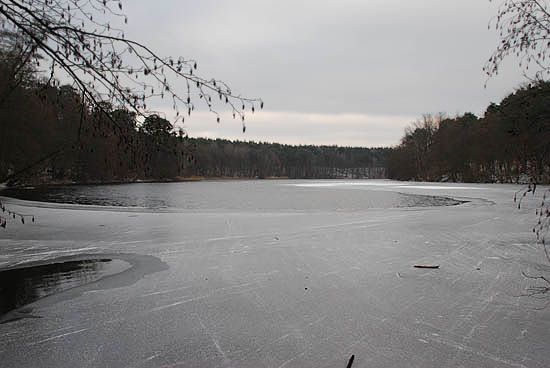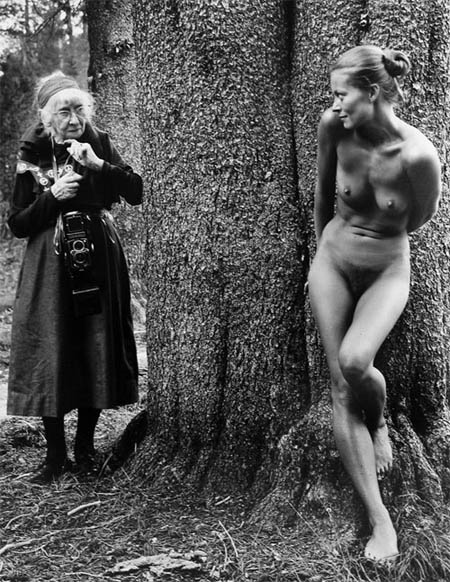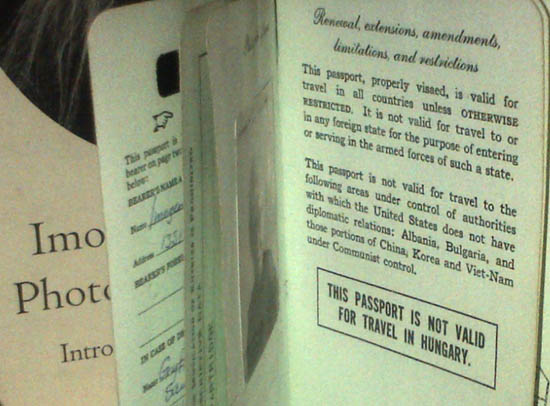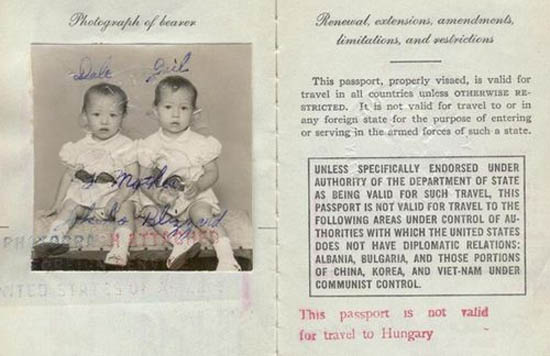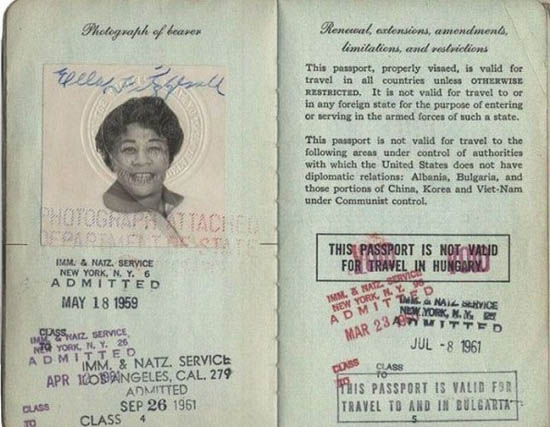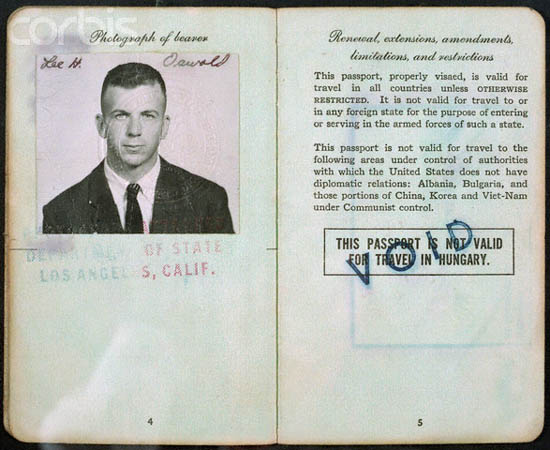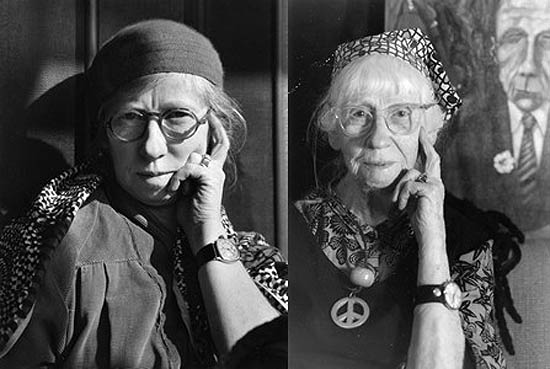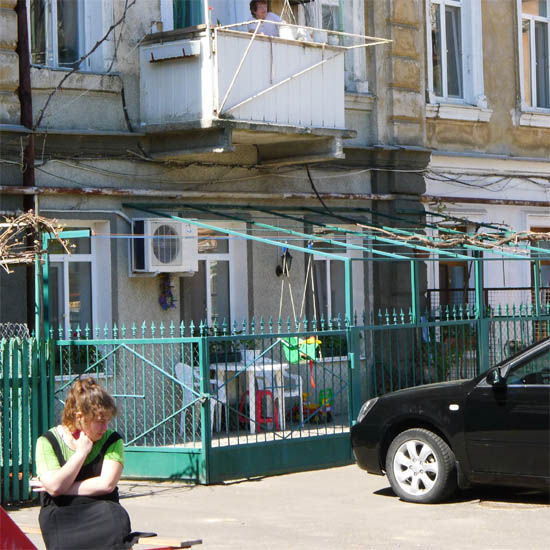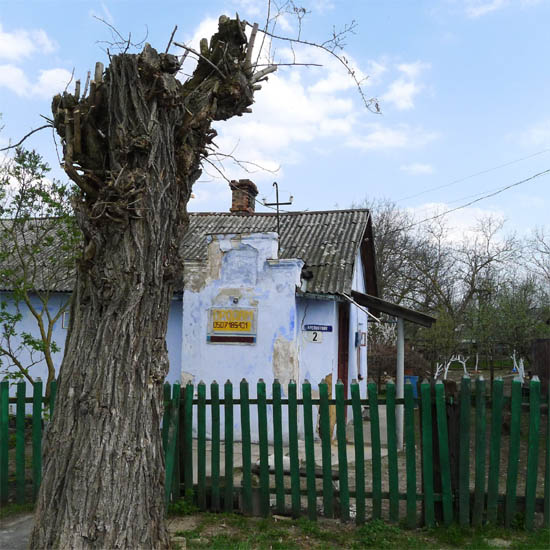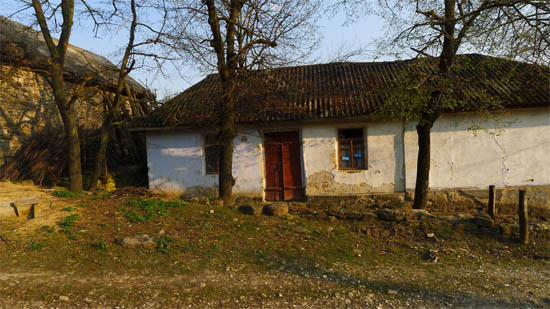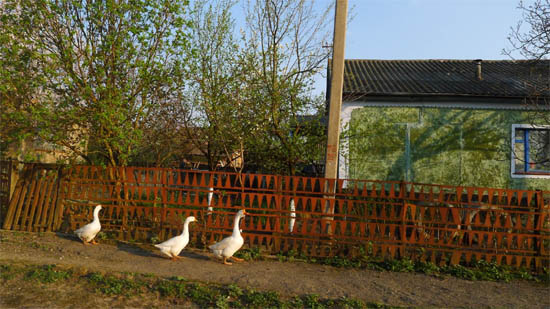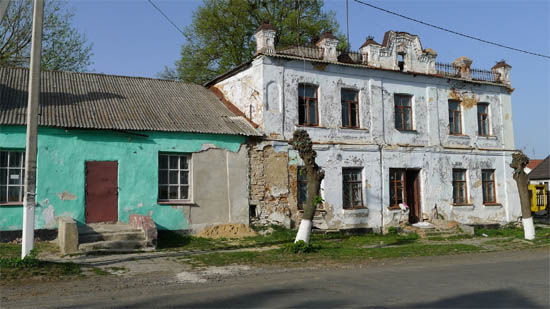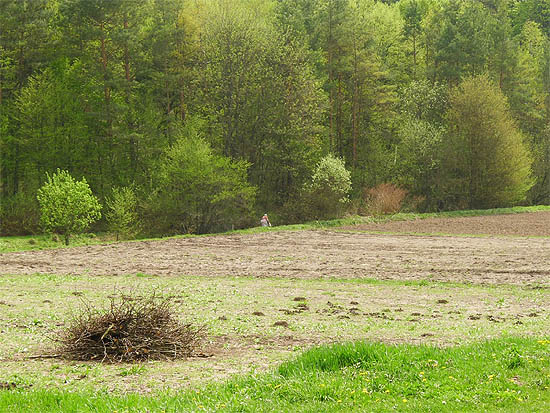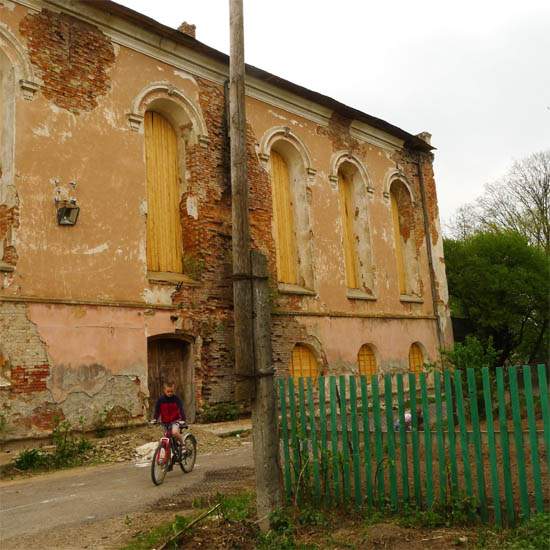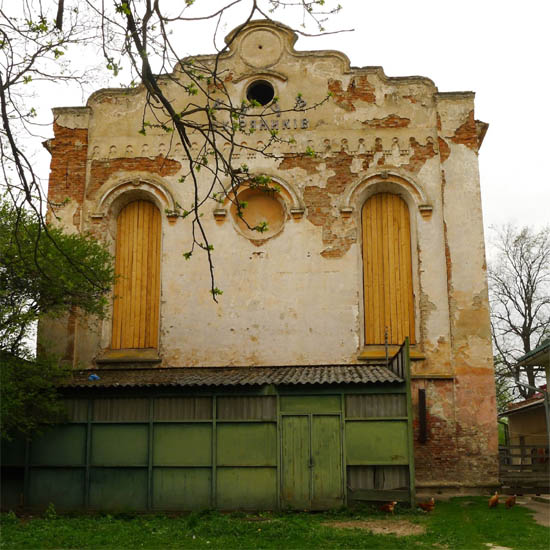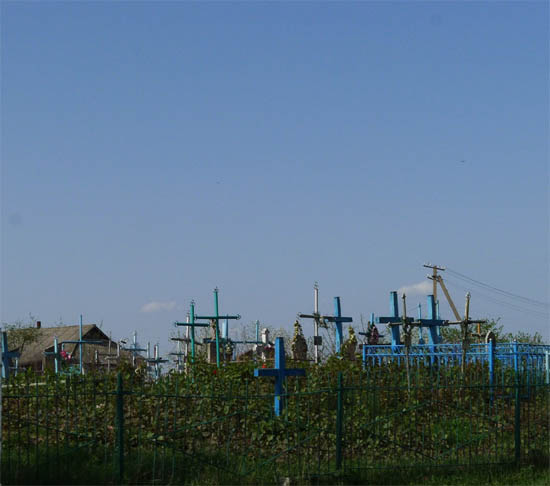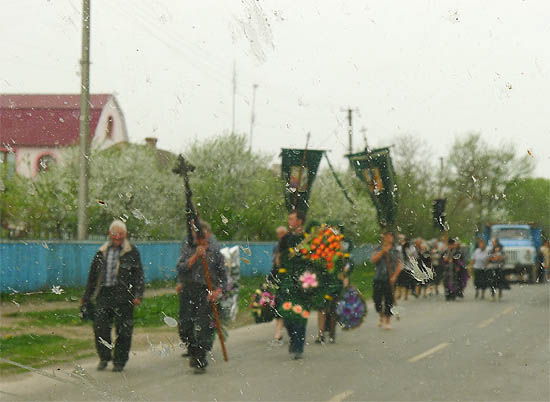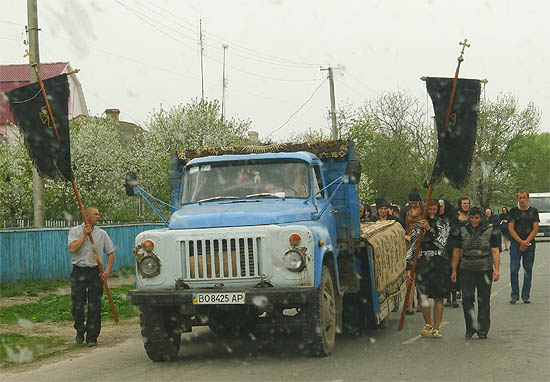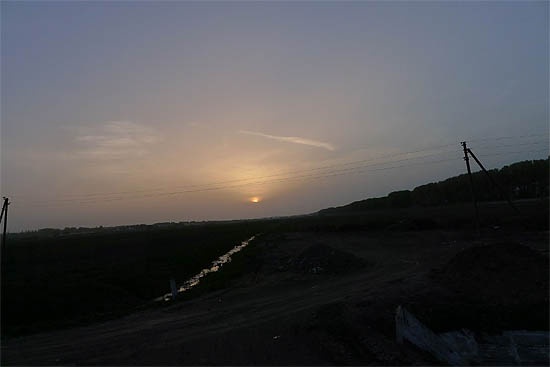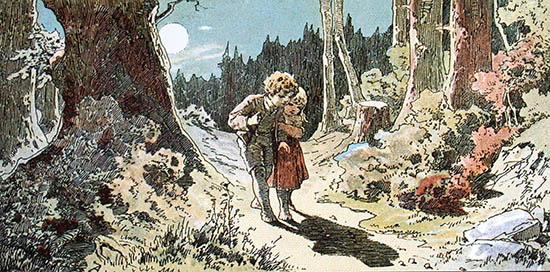
Zehlendorf, Waldsiedlung an der Krummen Lanke. Full screen |
|
|
 At the Krumme Lanke terminus of the U-Bahn, before leaving the city behind and descending in the pines to the huge Grunewald lake chain, at just a few minutes walk we find a jovial forest colony with tiny small-windowed, high-roofed traditional German village houses. The convenient approach is not accidental. The metro line was built up so far precisely for this colony. The exclusive little house group nestled in a picturesque setting, in a pine forest was originally built for homes of the SS officers and their family members.
At the Krumme Lanke terminus of the U-Bahn, before leaving the city behind and descending in the pines to the huge Grunewald lake chain, at just a few minutes walk we find a jovial forest colony with tiny small-windowed, high-roofed traditional German village houses. The convenient approach is not accidental. The metro line was built up so far precisely for this colony. The exclusive little house group nestled in a picturesque setting, in a pine forest was originally built for homes of the SS officers and their family members.In 1937, SS-Reichsführer Himmler addressed a letter to the Reich Ministry of Labor. As he wrote, it was his old wish to provide healthy and sufficiently spacious flats in an enclosed and separate colony for the officers working in the three SS centers in Berlin. With the help of the 1937 Act for the “elimination of unemployment”, the Ministry provided cheap labor for real estate development. The resulting colony is a good example of the other characteristic trend of the architecture of the National Socialist period along with the Speerian monumentalism. Supported by the propaganda of the National Socialist regime, the patriotic style was based on the Stuttgart School, which had a conservative approach, but rejected historicism, and which was a clear counterpoint of the New Architecture of the Weimar Republic.
The village-sized group of houses, which amply drew from the elements of folk architecture, favorized by the regime, was planned by Hans Gerlach in the studios of the building cooperative GAGFAH, applying the lessons of past residential building types, developed in the twenties and thirties. In contrast to the previous GAGFAH zoning plans, which included family houses surrounded by separate gardens, Gerlach differentiated the buildings by following the official hierarchy, treated the area as a park-like unit, and designed street lines fitting and following the terrain.
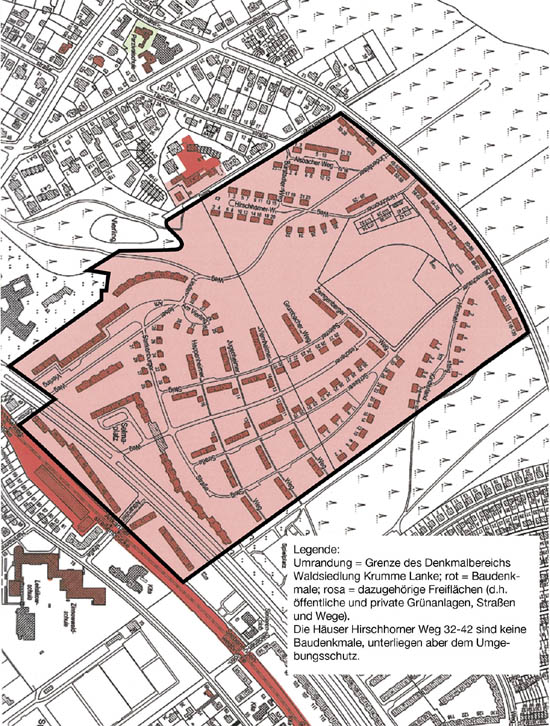 The current site layout (enlarge). By moving the mouse above the street names, you can read the former and modern names
The current site layout (enlarge). By moving the mouse above the street names, you can read the former and modern names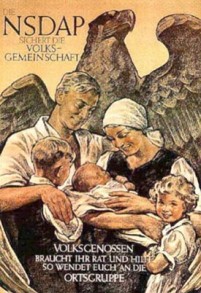 The political ideology determined not just the facades and forms of the single buildings, but it also appears in the idealized village-like nature and in the large, mostly five or six-room homes, which had to support the ideal Nazi family model, the homemaker housewife and mother, and the education of the most possible Aryan children with a valuable and controlled genome.
The political ideology determined not just the facades and forms of the single buildings, but it also appears in the idealized village-like nature and in the large, mostly five or six-room homes, which had to support the ideal Nazi family model, the homemaker housewife and mother, and the education of the most possible Aryan children with a valuable and controlled genome.This idyllic family-centered conception found a positive response in a wide range of citizens. According to opinion polls, when the majority of the current German population asserts that the National Socialist era also had positive traits, they just think about the family support system. But they tend to forget that the population and family policy with a focus on war and based on racism was offered as a united kit, whose purpose was to create a rapid numerical superiority. Besides the support of the Aryan large families, it also included the breeding homes created for Aryan unmarried mothers, the numerus clausus affecting women, the forced sterilization of women presumably carrying hereditary diseases, the killing of children born with such diseases, the death penalty for abortion and many other similar measures. Finally, it led straight to the fact that while it granted extremely favorable position to some groups, others could not even keep their mere lives.
In addition, the GAGFAH story also had its dark spots. The company used the forced labor of the Buchenwald prisoners, provided to them by the Reich Ministry of Labor. At least fifteen of the members of the company’s presidential body were middle and senior leaders of the Nazi Party. The system of interwoven responsibilities is still unclear, as GAGFAH has not made transparent their finances for the era up to the present day.
The original names of the fifteen streets of the colony offers a well thought-out setting of the ideology establishing it. The names were selected from the several thousand proposals which arrived for the competition announced in August 1938 by Das Schwarze Korps, the newspaper of the SS. A group of them emphasizes the maintenance and enhancement of the pure race, at the same time pointing out the place of the woman in the family: Ancestors’ Avenue, Bride’s Way, Mothers’ Way, Abundant Offspring. Another group displays the major Nazi virtues: Loyalty, Service, Victory, Heavens’ Way, and also provides a role model for men: Air team’s Way. Finally, the four main longitudinal streets of the colony bear the names of four NSDAP or SS founders, and they run together in the Führerplatz standing at the entrance to the colony.
The realized development plan of the colony took account of the natural environment to the fullest extent possible. They preserved the existing forest character. The many preserved pine trees, which also hid the houses from the airview, can be also seen in the old photos, and over the past decades the vegetation has taken an even bigger role between the houses. The unit, containing more than three hundred flats, consists of four distinct categories, with equivalent flats within each category, allocated by taking the rank into account. The highest-level officers lived in the single-family houses in the middle of the colony, the middle officers in the twin-family and row houses, and on the edge of the colony, in the multi-storey condominiums along the Argentinische Allee which borders the area, the lower-level, still childless couples.
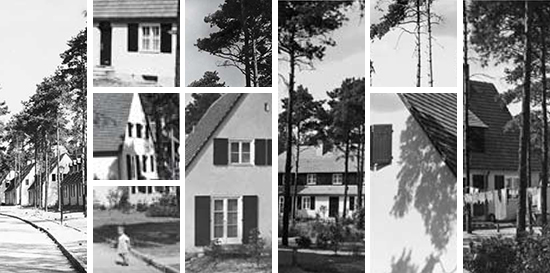
The cottages had four rooms (two on the street level and two upstairs), pantry, kitchen, bathroom, porch, clothes storage room and attic. Each building had a cellar, a part of which was of course a reinforced shelter. The kitchen and bathroom were well-equipped with sanitary and other devices at the standard of the period. The houses also had a private garden.
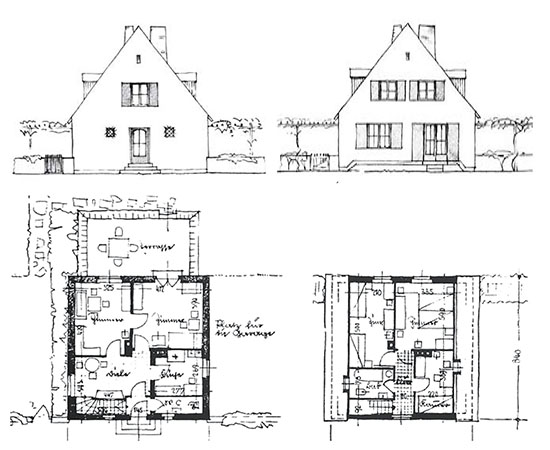 The street facade (left) and garden facade (right) of a single-family house.
The street facade (left) and garden facade (right) of a single-family house.Ground and first floor layout
The twin houses and row houses, although in a more economical form, but followed the same principles.
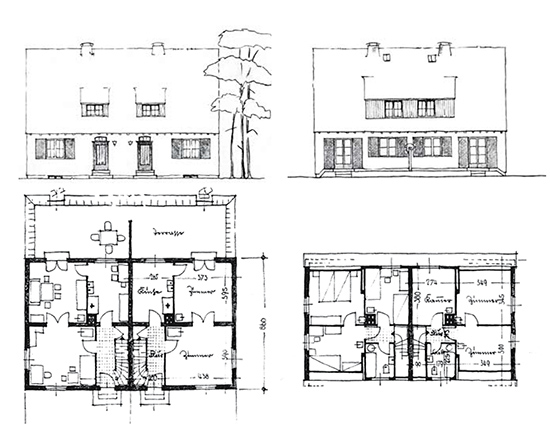 Street facade (left) and garden facade (right) of a twin house.
Street facade (left) and garden facade (right) of a twin house.Ground and first floor layout
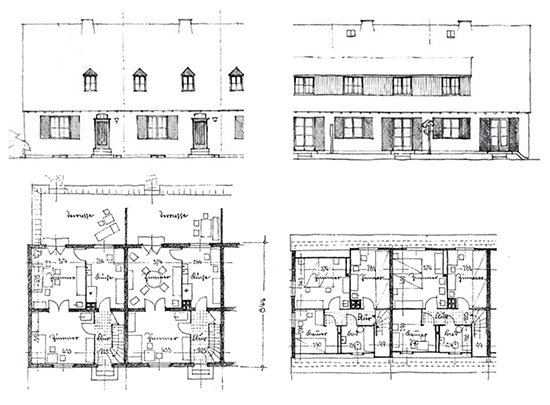 Street facade (left) and garden facade (right) of a row house.
Street facade (left) and garden facade (right) of a row house.Ground and first floor layout
The high-angle, plain tiled pitched roofs, which allowed the good use of the high loft, the split windows and doors completed with folding shutters, the wood-paneled leaping-out attic windows or the flower boxes also reach back to the German folk architecture. The consistently applied colors also enhance the same tradition: reddish brown, dark green, dark blue elements divide the uniformly bright plaster.
No ostentation on the facades, the simple buildings suggest comfort and a solid well-being, the true luxury is offered by the spacious apartments and the natural environment, the nearby lake and the climate of the pine forest. The simple design of the facade was influenced by the fact that, due to the planned low rents, the construction had to be realized sparingly.
According to the plans, the residential buildings should have been complemented with public buildings in the form of a more independent urban unit. Although some shops and service units were realized, the public buildings planned on the northern side of the colony, to the north of the current Zwingerberger Weg, the two hundred-seat kindergarten, SS community center, educational, cultural and sports center were never built. Despite these deficiencies, considered temporary at that time, the colony was a great success. The planned exemplary community life, however, could not be achieved, because with the progress of the war many of the renters died or disappeared, and the colony was mostly inhabited by women and children. By 1945, as the remaining inhabitants fled, the majority of the houses were empty, and the abandoned buildings were occupied by refugees.
Under the provisions of the Allied forces, in 1945 the flats were assigned to the former Nazi victims in the framework of restitution. At first glance, this decision seems quite ambivalent: from the concentration camp, or the Gestapo cellar to the exemplary colony of the beneficiaries of the regime – but at a second thought, it seems a pretty logical choice. The recently established buildings represented an outstanding architectural quality, and were in good condition. In the penury of flats of the destroyed city their use was just natural. It was then that the colony received the name of Krumme Lanke Forest Settlement after the nearby lake. The street names referring to the Nazi past were also replaced, from the original ones only Himmelsteig and Im Kinderland were preserved.
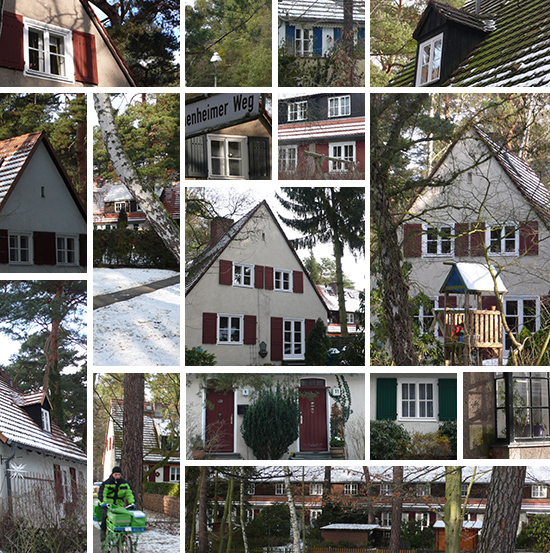
Although it still evokes controversial feelings because of its history, nevertheless its architectural quality and historical significance is unquestionable, so the former SS-Kameradschaftssiedlung has been under monumental protection since 1992. Today the houses are all privately owned, and the owners are also supported in the conscious preservation of the architectural values by the information brochure of the GAGFAH. The buildings are in uniformly good condition, the spaces between them are well cared for, seem to be elaborated in every detail, one can feel the appreciation for the built environment. After the establishment of the architectural protection it was suggested that some public monument should call attention to the history of the colony, but the reception is controversial, as many fear that it could thus become a Nazi place of pilgrimage. Thus, however, we can find no sign recalling the founding story.

An interesting comparison could be the modernist housing project by Bruno Taut, just one stop away, which was built only a few years earlier, but is completely different in its formal language and its approach. But this will be the subject of another post.
